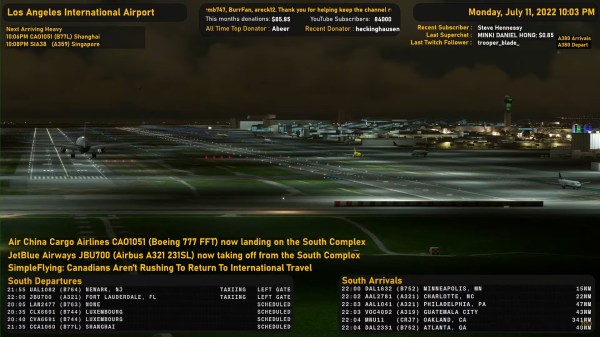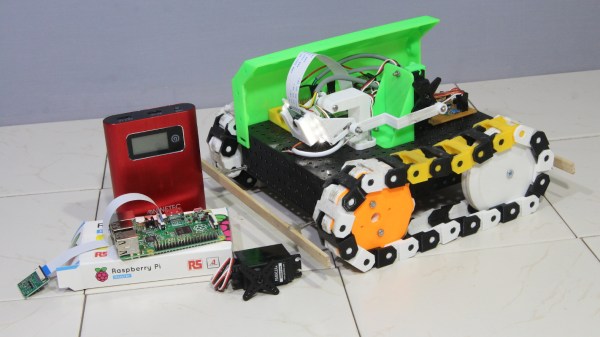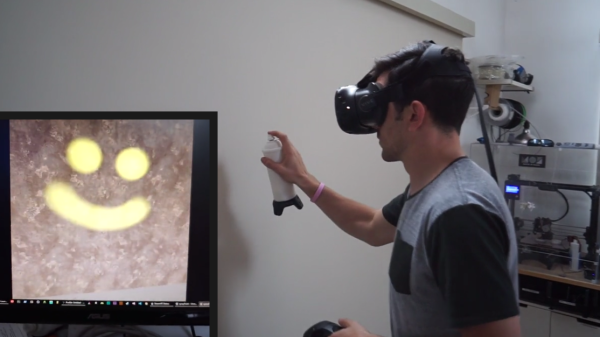Plane spotting has been a hobby of aviation enthusiasts for generations. Hanging out by the airport, watching aircraft come and go, maybe even listening to Air Traffic Control on a scanner from your local Radio Shack. Yep- we’ve been there, and it can be a lot of fun! But how can those of us who don’t live near a major controlled airport keep up on the action? As demonstrated by the [Information Zulu] YouTube channel’s Live Stream, seen below the break, the action may be closer than you think!

By using publicly available information, software, and some ingenuity, [Information Zulu] has created a live simulation of Los Angeles International Airport (LAX) for your simulated plane spotting pleasure. Aircraft positional data is gained through an ADSB receiver and piped into a the flight simulator software with a Traffic Injection Addon, and the simulator itself is used to properly place aircraft, set the weather, and even the correct aircraft types and liveries. Setting off the illusion of a real plane spotting adventure is the live Air Traffic Control radio chatter!
We love the creativity that went into not just making all of the software available, but in combining it into a cohesive product that can be viewed 24/7 on YouTube that, if you squint just right, could be mistaken for a view of the real thing.
If you’re not familiar with ADSB and how it’s used to track aircraft in such a way that anybody can receive it with the right equipment, check out this beginner’s course on ADSB from a few years back!
Continue reading “It’s A Bird! It’s A Plane! It’s… A Live Air Traffic Plane Spotting Simulation”



















